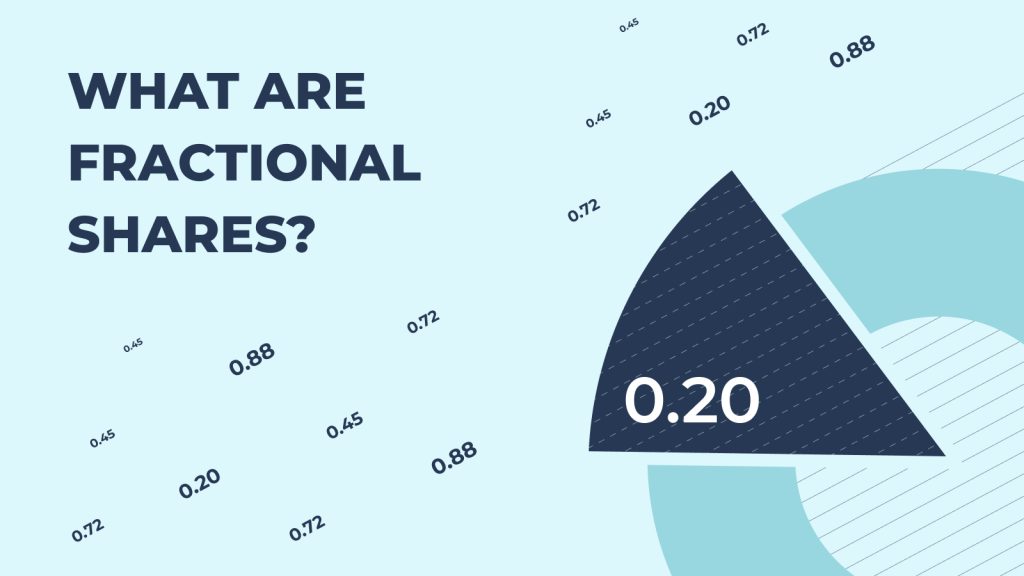In a surprising turn, retail giant Target witnessed a $9 billion spike in market capitalization despite facing a downturn in sales last quarter. This unexpected financial boost has sparked optimism among Wall Street analysts, offering a closer glimpse into the state of the American consumer.
Target, headquartered in Minneapolis, experienced reduced sales in the recent quarter but managed to bolster its profits significantly, propelling its stock nearly 20% higher on Wednesday.
According to Michael Baker, an analyst at D.A. Davidson, Target, despite encountering a challenging year, remains a solid company, with this quarter potentially marking a pivotal moment. The company reported $25.4 billion in revenue, representing a 4.2% decline from the previous year’s third quarter. Comparable sales, tracking stores open for at least a year, also dipped by 4.9% in the same period.
However, the market reacted positively as the decline was less severe than anticipated, hinting at a potential turnaround. Analysts found solace in the fact that Target’s sales decline had slowed compared to earlier quarters. Baker noted, “Same-store sales, while negative, aren’t worsening. They improved slightly this quarter compared to the previous, surpassing expectations.”
In a surprising move, the company’s operating income surged by 28.9% to reach $1.3 billion, surpassing analysts’ predictions of $1 billion and defying a 1% decline from the previous year. Target even exceeded its annual forecast for operating income, achieving a $1 billion improvement compared to 2022, as announced by CEO Brian Cornell.
Despite this recent market surge, Target’s stock remains down 15% from the year’s beginning, largely attributed to earlier concerns about inflation. Consumer spending took a hit during months of high inflation, affecting retail businesses like Target.
Christina Hennington, Target’s chief growth officer, emphasized that lower inflation rates have provided relief to consumer budgets, potentially paving the way for increased spending in discretionary categories over time.
Amidst the positive indicators, Target’s profitability was boosted by its efforts to streamline costs, especially in managing markdowns, inventory, and supply chain expenses. The company also successfully tackled the challenge of reducing losses due to shrinkage, a term encompassing waste or theft. Target had to close nine stores due to organized theft, forcing them to secure merchandise behind glass cases. Despite concerns about sales being affected by this measure, CEO Cornell highlighted positive customer feedback on the store’s stock availability.
While the impact of theft on Target’s performance has been factored into the stock already, analysts believe that the company is beginning to address the issue, aided by legislative efforts and collaborations with policymakers to combat organized retail theft.
Despite a positive outlook, Target anticipates a sales decline in the mid-single digits for the upcoming fourth quarter but remains focused on long-term investments in its stores, team, digital capabilities, and product assortment.
Target’s recent market surge despite declining sales hints at a potential turnaround, reflecting evolving consumer spending patterns amidst changing economic landscapes. The company’s strategic focus on cost management and long-term investments aims to navigate uncertainties and sustain growth in the ever-evolving retail landscape.
Also read: Saudi Aramco Reports 23% Decline in Q3 Profits Due to Lower Crude Prices and Volumes


















